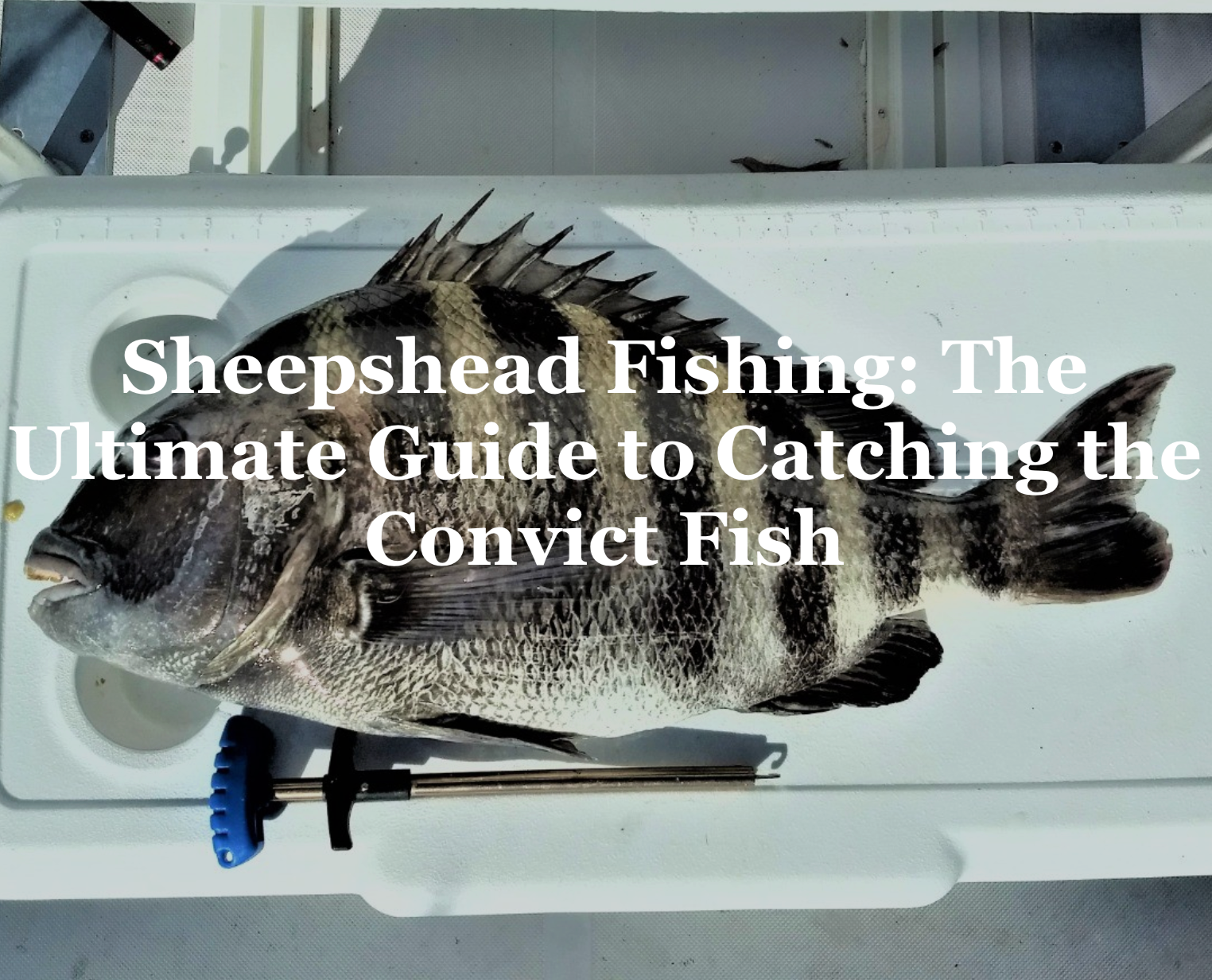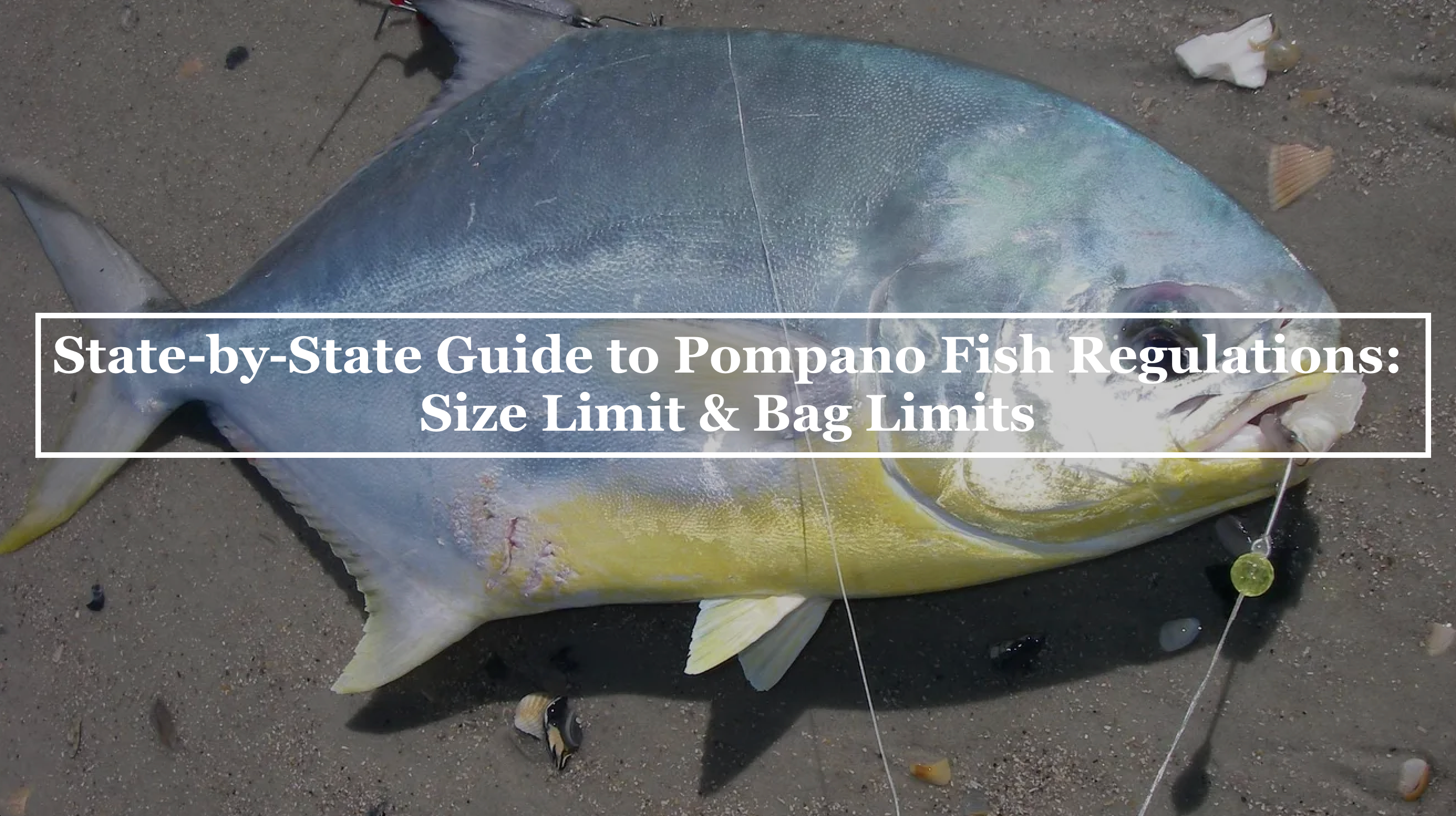Inshore fishing, an angling adventure set in the shallow waters close to the shore, has its unique appeal and set of challenges. One of the pivotal decisions you'll face is selecting the right hook when fishing with live or cut bait. This choice can significantly affect your success in reeling in that prized catch. Through this guide, we'll dive deep into the nuances of picking the best inshore hook, ensuring your bait presentation is irresistible to your target species.
Understanding Hook Types for Inshore Fishing

Before delving into the specifics, it's fundamental to grasp the variety of hooks at your disposal and how they can impact your inshore fishing outcomes.
Circle Hooks

A favorite among conservation-minded anglers, circle hooks are designed to catch the fish in the corner of the mouth, facilitating safer catch-and-release practices. Their shape reduces deep hooking instances, making them an excellent choice for live bait fishing.
J Hooks

Traditional yet versatile, J hooks are shaped as their name suggests. They are suitable for both live and cut bait but require the angler to set the hook with a firm rod jerk upon a bite, increasing the chances of gut-hooking if not timed correctly.
Kahle Hooks

Lying between the J and circle hooks, Kahle hooks offer a unique design that allows for easier hook setting than circle hooks but with a lower risk of deep hooking than J hooks. They're great for live bait, as they enable the bait to move naturally.
Size Matters: Picking the Right Hook Size
Selecting the appropriate hook size is crucial and depends on the size of your bait and the target fish species. A general rule of thumb is to match the hook size to the bait size—you want the fish to see the bait, not the hook. For inshore fishing, where species can vary in size, versatile hook sizes such as 1/0 to 4/0 can cover a wide range of situations.
Material and Strength
Inshore conditions can be harsh, exposing hooks to saltwater, sand, and structure. Opt for hooks made from high-quality materials resistant to corrosion. Additionally, the strength of the hook is paramount. Ensure the hook is sturdy enough to handle the fight of inshore species without bending or breaking.
Live Bait Hook Selection
When fishing with live bait, your goal is to keep the bait alive and active for as long as possible. Circle and Kahle hooks are excellent for this purpose. Their design minimizes damage to the bait, allowing it to swim freely and attract predators. Hook your live bait through the nose or back, avoiding vital organs to maintain its liveliness.
Cut Bait Hook Selection

Cut bait requires a slightly different approach. Since the bait is no longer living, your focus shifts to ensuring it stays securely on the hook and presents naturally in the water. J hooks are particularly effective for cut bait, as you can hook the bait multiple times to secure it firmly. The hook's sharp point should remain exposed to ensure a solid hook-up when a fish bites.
Hook Color and Coating
Though often overlooked, the color and coating of a hook can influence your inshore fishing success. In clear water conditions, opt for hooks with a neutral color or coating that blends with the surroundings to avoid spooking wary fish. Additionally, some hooks come with anti-corrosion coatings, which are beneficial in extending the hook's lifespan in saltwater environments.
Mastering the art of selecting the perfect inshore hook for live or cut bait is a journey of experimentation, learning, and adaptation. By understanding the nuances of hook types, sizes, and materials, and considering the ethical implications of your choices, you'll set the stage for more successful and satisfying inshore fishing adventures. Whether you're a novice angler or seasoned veteran, honing your hook selection skills will undeniably improve your angling success and contribute to the sustainability of our beloved sport.






Share:
Essential Guide to Saltwater Hooks: Types, Uses, and Tips